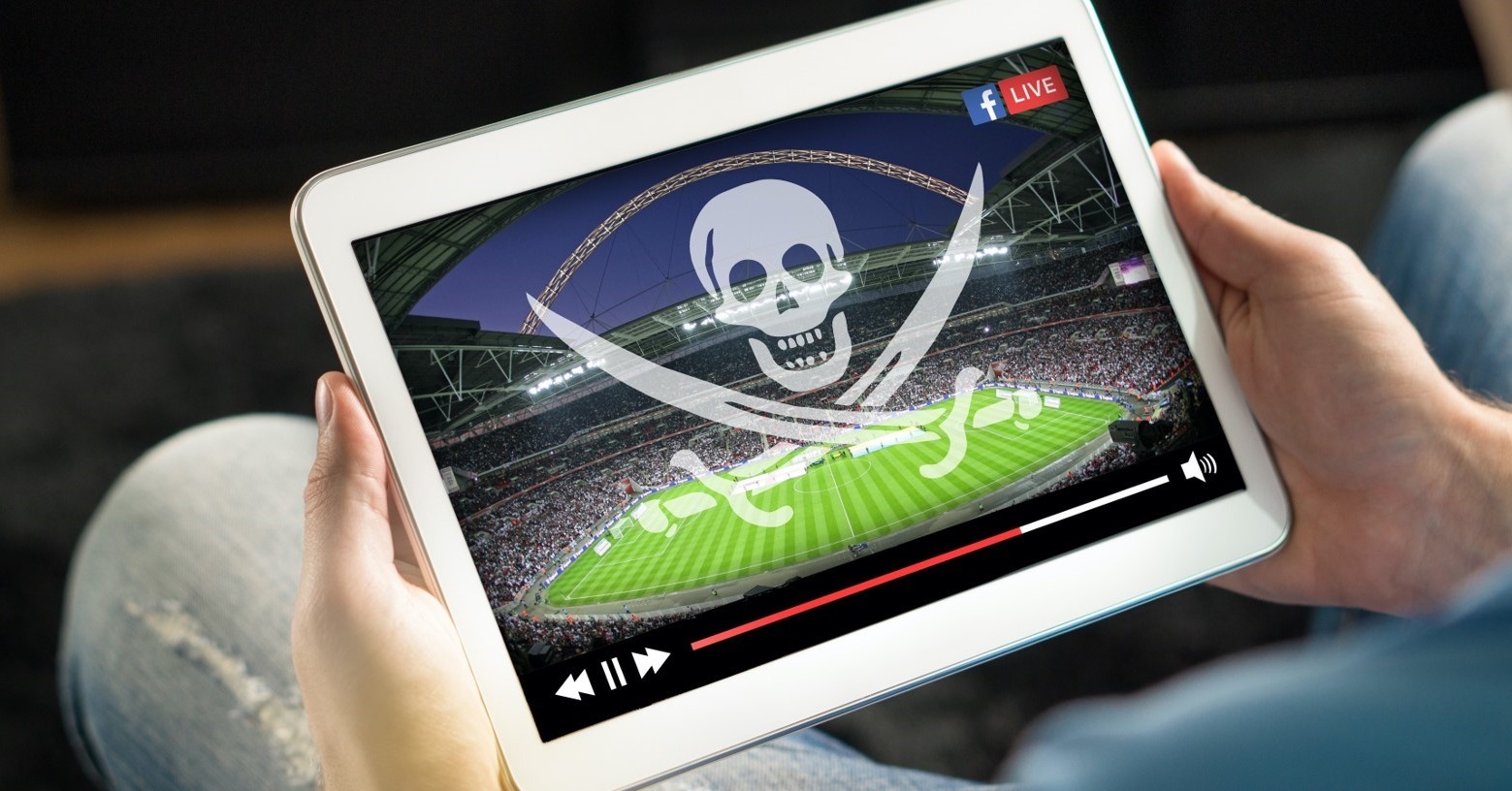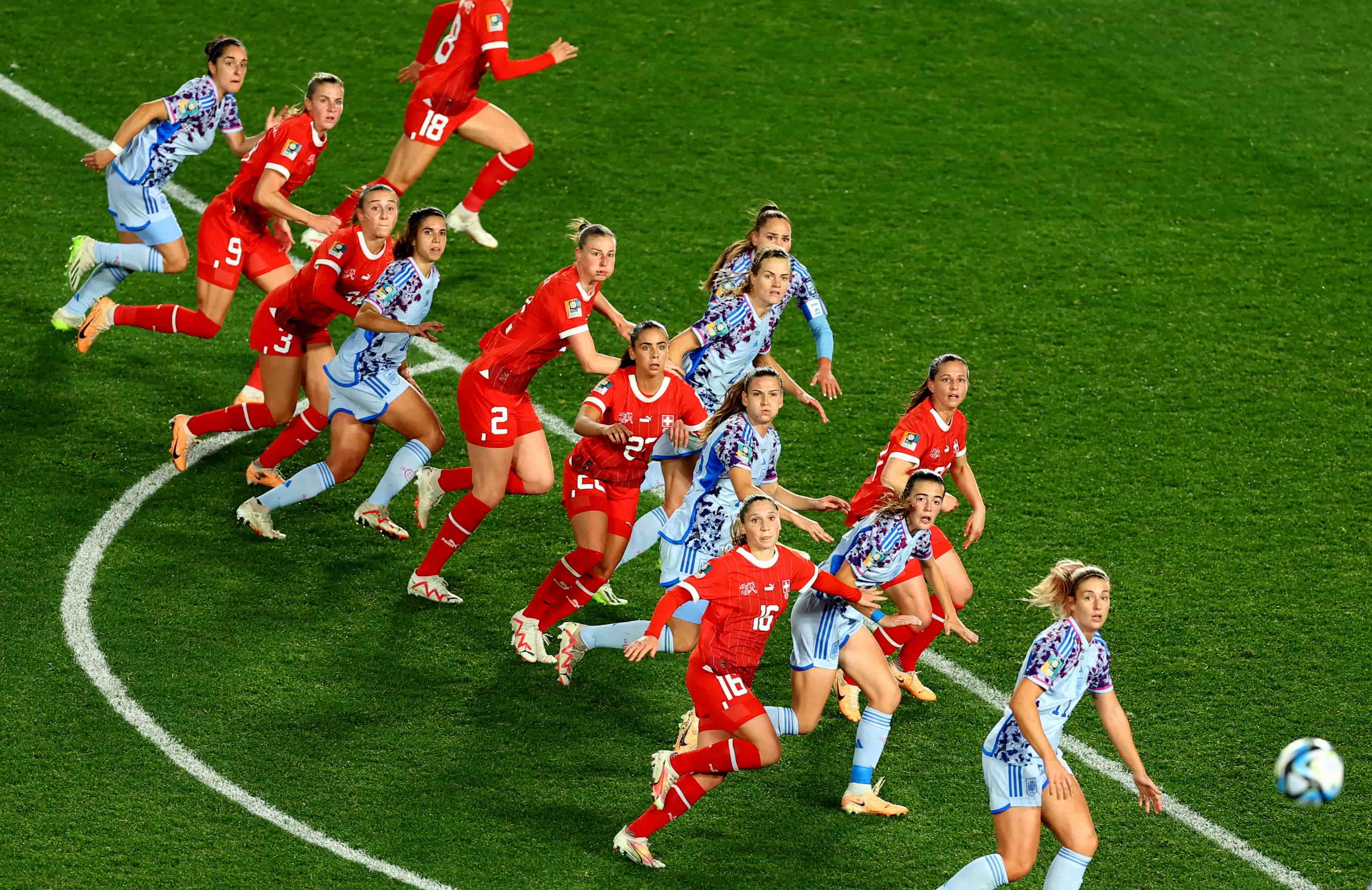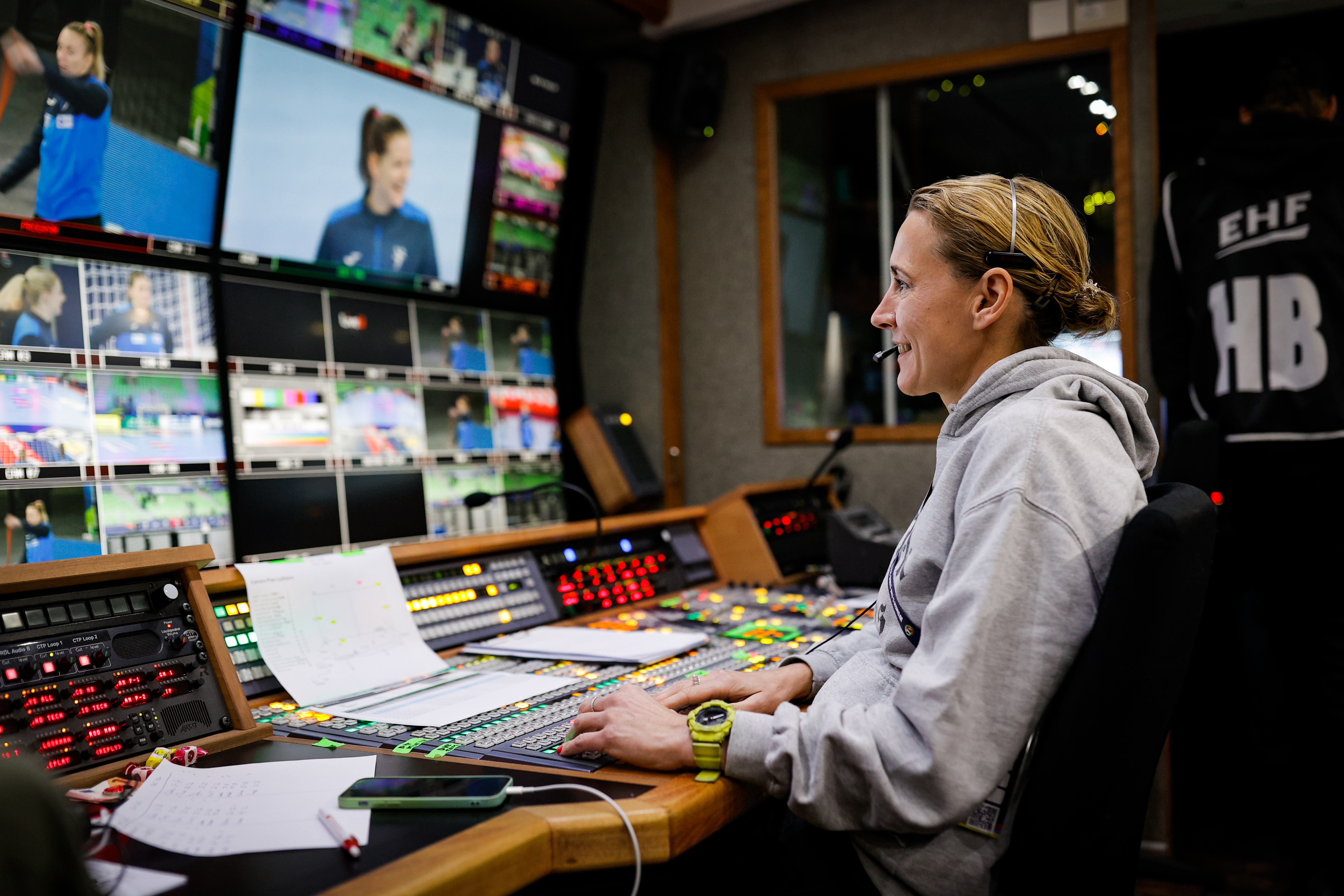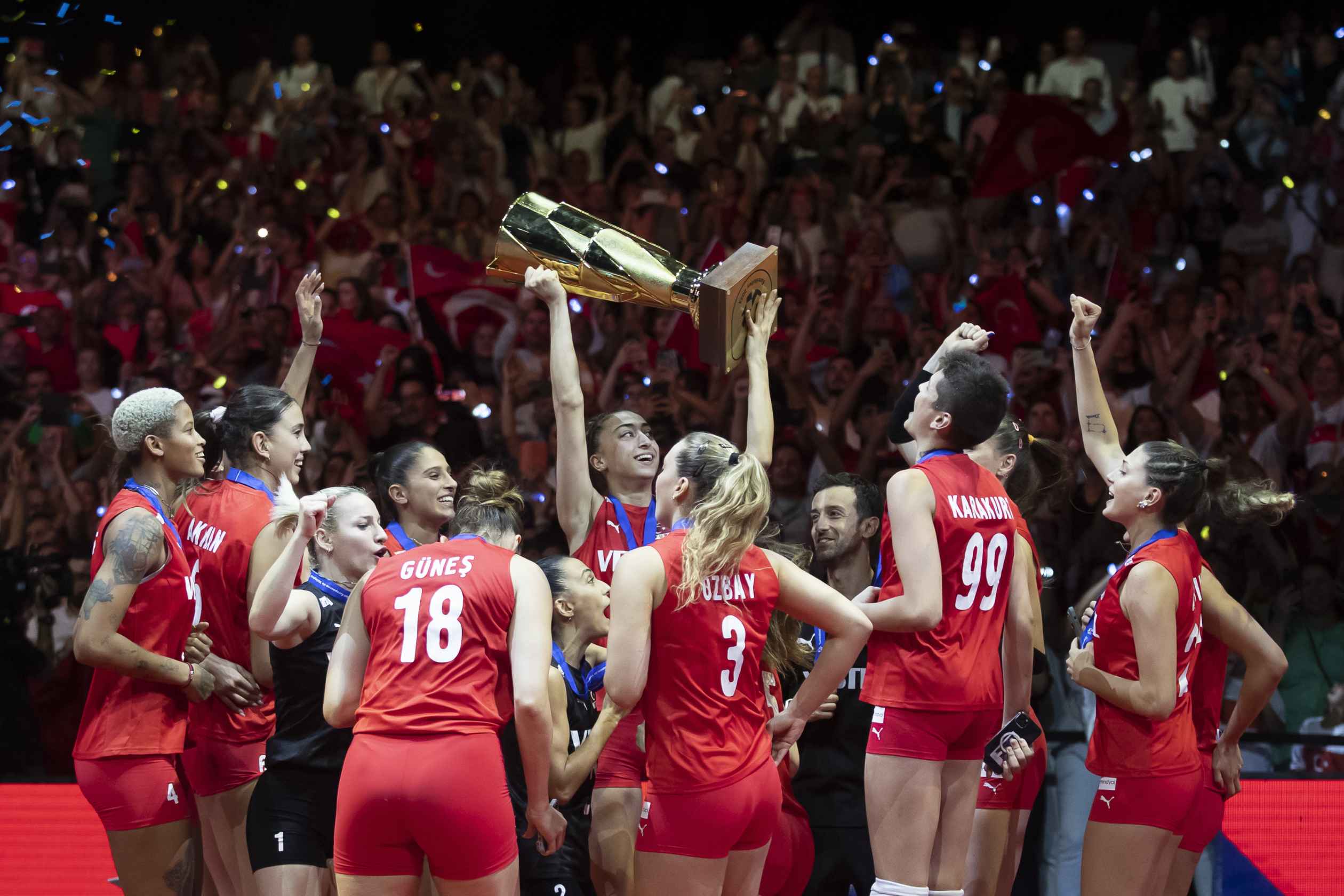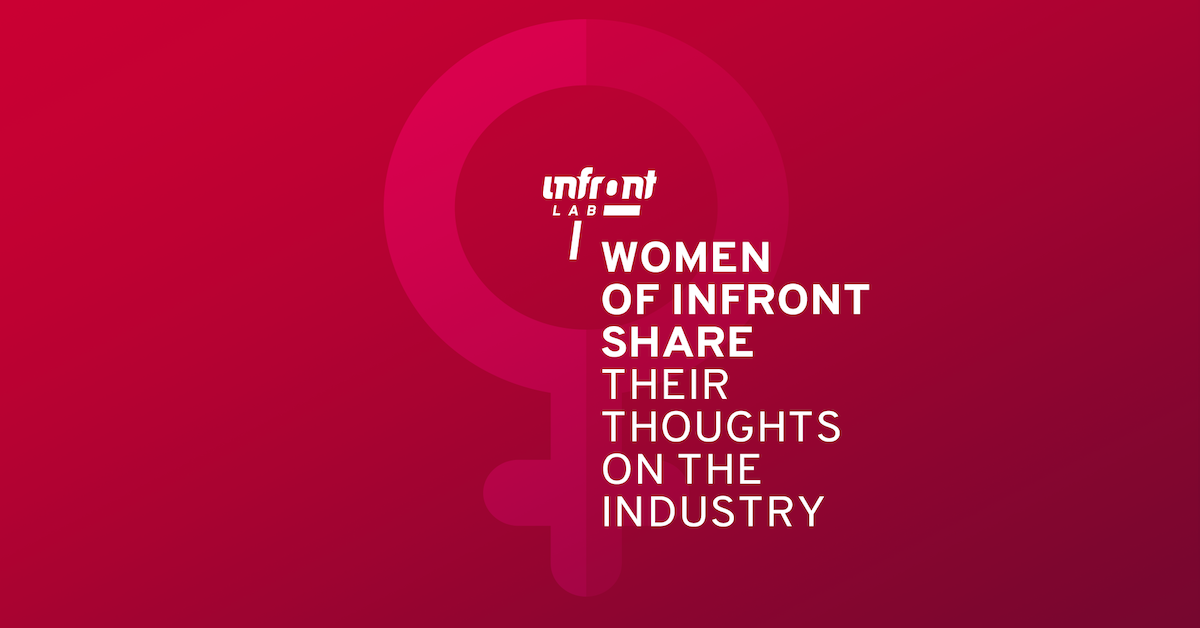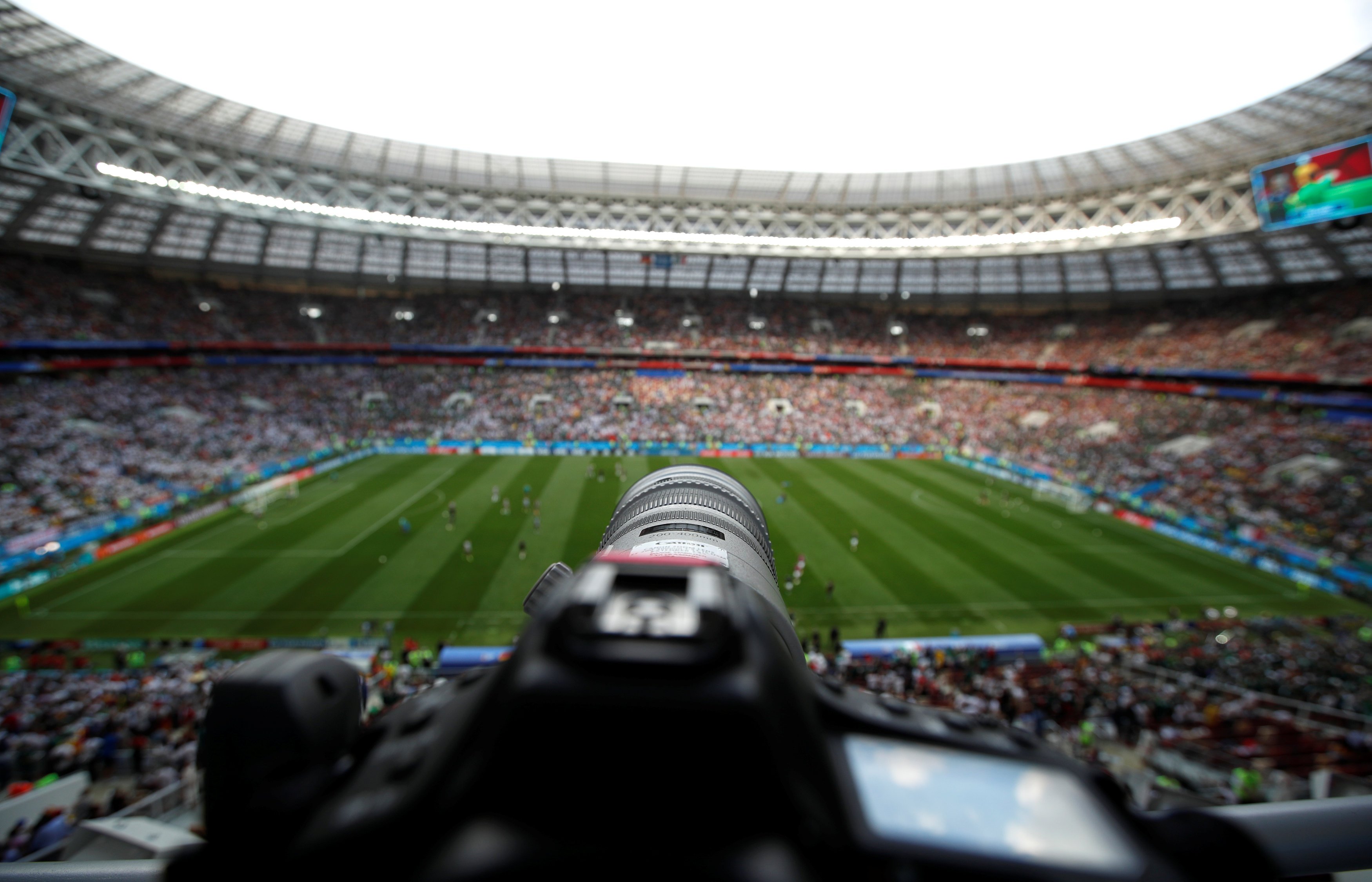Five ways women’s sports sponsorship can provide ROI for your brand

The rise of women's sport: An unparalleled sponsorship opportunity
Beyond the court: Vodafone's partnership with Turkish Volleyball Federation
The rise of women in sports TV production: breaking barriers and changing perspectives
Women of Infront Share Their Thoughts on the Industry
The ultimate sports sponsorship guide
The last few years have seen women’s sport being given more of the spotlight, finally highlighting that competition at the highest level is not gender exclusive. Its growth reflects the broad audience sport looks to serve. Crucially, this development offers brands many opportunities to enjoy a significant return of investment on sports sponsorship activation in a market that is yet to fully comprehend how quickly that exposure could grow in the next decade. Here are five reasons why brands should invest in women’s sport sponsorship.
1. It's a way to become part of the change and help create equity
According to research published in YouGov’s “Women in Sport Report 2021”, up to 75% of people in Europe believe that, despite all the efforts made by rightsholders, media coverage and sponsorship are not yet equal between men's and women's sports.
However, whilst the coverage is still below its male counterparts, there are clear signs this is changing. A report published by Leaders in Sport found that 21% of UK adults spent more time following women’s sport in the previous 18 months, with 68% of those attributing that to increased coverage and quality.
Consumers talk with their feet, and this continued increase in watching women’s sport provides a limited opportunity for brands to get involved early. Adding the fact that many fans believe structural challenges keep them from engaging – not a lack of quality, this section of the sports industry is ready to boom.
2. They are becoming more attractive for viewers and have huge potential for further rapid growth
As revenue and funding has increased in women’s sport, so has the level of on-field action according to audience perception. The same YouGov research indicates that more than half of people in Europe believe the quality of women's sports has improved over the past five years, making the whole product a more attractive proposition for viewers and broadcasters.
Take the example of the women’s El Clasico match between Real Madrid and Barcelona. The Champions League quarter-final clash looks set to sell out the Nou Camp with more than 70,000 tickets already sold. The previous highest attendance for a women's club match was Barca's La Liga game against Atletico Madrid in 2019, with a crowd of 60,739.
More recently, 1. FC Köln Frauen’s home game against Werder Bremen attracted over 30,000 fans. This event highlighted women's sports as a valuable platform for engaging with a broad audience and demonstrated significant commercial potential. Affordable ticket pricing, family-friendly activations, and the involvement of new corporate partners showcased the appeal of women’s sports to viewers and brands alike. The success of this game, underpinned by strong social media engagement and substantial commercial returns, underscores the untapped potential in women's sports sponsorship for rapid growth and meaningful brand impact.
This isn’t just a football phenomenon. Looking at a list of record attendances by property, most records in women’s sport were set just before COVID-19 ruined matchdays, showing the upwards trajectory of women’s attendance figures. As attendances return to pre-pandemic numbers it is believed this trend will continue.
This growth was predicted in earlier research also. “The Rise of Women’s Sport” report from Nielsen Sports in 2018 indicated that 66% of the population of the eight countries surveyed said they were interested in at least one women’s sport. As a result, a broader offering from broadcasters partnered with an improved quality of product will equal substantial growth in the coming years.
3. People are more likely to favour a brand that sponsors a women’s sport
That same Nielsen report also reveals that 84% of general sports fans are interested in women’s sports, offering a huge potential to improve brand perception and tap into new audiences.
As part of that audience women, who tend to still have household purchasing power, are more likely to favour a brand that sponsors women's professional sport than a brand that partners with men's. A fifth of people asked felt more influenced by sponsors of women’s sports than of men’s.
Furthermore, one study conducted by The Space Between found that 50% of women’s sport fans strongly agree that sponsors should look to make the world a better place compared to just 20% for men’s sport.
The drive for creating a level playing field was highlighted by TikTok after they were named the first ever title sponsor of the Women’s Six Nations. Rich Waterworth, General Manager of TikTok in Europe said as much: “We’re especially delighted to be the Title Sponsor of what is now the TikTok Women’s Six Nations; as a platform that’s built around inclusion, we are passionate about giving an equal footing to men’s and women’s sport.”
If a brand is looking to advertise with a purpose they would be hard-pressed to find a better place than women’s sport.
4. Audiences are already noticing the increase in women’s sports sponsorship
Whilst the train may not have left the station on sports sponsorship in women’s sport, brands that have associated themselves over the last few years are becoming synonymous with its rise. Over a third of people in Europe have noticed that sponsorship for women’s sports has improved in the past five years.
That brand recognition is not going unnoticed and the past 12 months have seen the likes of Mastercard becoming the founding Global Partner for World Rugby’s Women in Rugby programme and Visa the first ever FIFA Women’s Football Partner. Both are exclusive sponsorships in the women’s game only and highlight the last and most important reason brands only have a limited time to take advantage.
Another prime example of this growing attractiveness is Arsenal Women’s Football Club (W.F.C.), which has embraced the concept of hosting premium venue games. The ROI of Women’s Sports: A Blueprint for Value Investing highlighted that these matches, held in large stadiums capable of accommodating over 20,000 fans, are supported by greater marketing efforts and tap into the extensive fan base of the existing club. During the 2022/23 season, Arsenal W.F.C. hosted several premium venue games, which contributed to a 587% increase in their average attendance, compared to a 99% increase when excluding these high-profile matches. This strategic move not only showcased the team's star quality but also demonstrated the massive potential for growth in attendance and interest in women’s sports as a whole.
5. Women’s sport is currently delivering a superior return on investment
Despite the fact that women’s sport is experiencing a sustained period of development, men’s events are still incorrectly perceived by many as reaching a more engaged fan. This couldn’t be further from the truth and the packages available for female competitions are substantially more accessible for a wider scope of brands.
The Women's EHF EURO 2022 is a good example of this. A recent report from the European Handball Federation (EHF) stated that the event enjoyed coverage in over 80 countries. It was particularly strong in Scandanavia with a TV market share of 74% in Denmark and Norway for the final. The peak audience in the former was also 1.7m.
There is a unique opportunity to lock in a partnership that delivers a superior return on investment at an affordable price which, according to results reported by independent third-party research providers, produces a better ratio of return.
Find out more about ways to get involved in women’s sport sponsorship.

